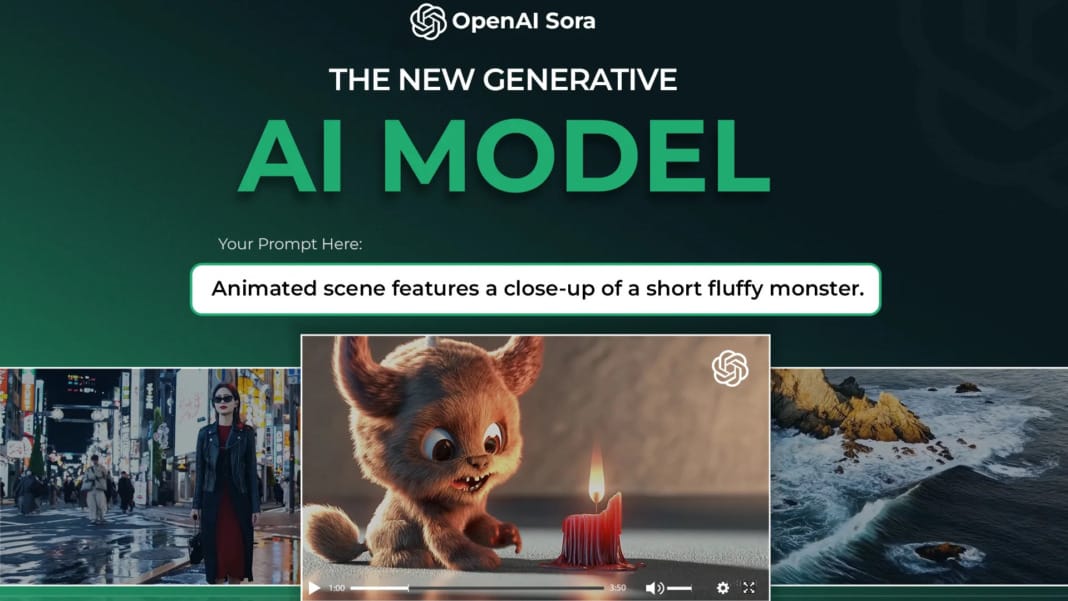You’re stepping into a world where artificial intelligence (AI) is not just a buzzword but a rapidly advancing reality. OpenAI’s recent unveiling of Sora, a state-of-the-art text-to-video model, has sent ripples across the globe, particularly shaking the foundations of China’s AI ambitions. This development is a stark reminder of the ever-widening gap between China and the leading AI technologies.
The evolving landscape of AI: China’s changing role
China was on track to dominate the global AI race only a few years ago, banking on its vast data reserves to fuel advancements in facial recognition. However, the rise of generative AI, capable of creating text, images, and videos, has shifted the focus to the quality of training data. This shift has placed China in a catch-up position, especially as it faces increasing hurdles due to US sanctions impacting access to essential technologies such as Nvidia’s GPUs.
The struggle to keep pace
The launch of Sora has been metaphorically described as a wake-up call for China’s AI industry. Zhou Hongyi, the founder of 360 Security Technology, expressed that Sora’s introduction cooled down many ambitious plans, forcing a recognition of the existing gap with international leaders in AI. In an immediate response, Beijing called on its state-owned enterprises to spearhead AI advancements, urging them to adapt to the profound changes AI brings.
Despite these efforts, the gap remains evident. Chinese tech giants like Baidu, Tencent, and Alibaba are racing to develop their large language models (LLMs). Yet, they fall short of Sora’s capabilities due to not utilising the innovative Diffusion Transformer (DiT) architecture. ByteDance’s video motion control tool, Boximator, is still in its infancy and lacks the advanced features of leading video generation models like Sora.
Bridging the technology divide
Optimism, however, persists within China’s AI sector. Experts anticipate the emergence of Sora-like models in the Chinese market shortly. The journey to match or surpass Sora’s quality remains an uphill battle.
Sora’s success has sparked considerable interest in its underlying technology. Data quality is increasingly recognised as a crucial factor for the efficacy of such models. Benchmarks like VBench, which assesses video generation models, have underscored Sora’s superiority in overall video quality.
The talent pool is another critical component. Chinese nationals are significantly represented in OpenAI’s workforce. However, the ongoing US-China trade tensions and restrictions on semiconductor exports present significant obstacles to China’s home-grown AI initiatives.
Despite these challenges, the potential for China’s AI market remains significant. With the technical insights from Sora and other open-source models, there’s an opportunity for Chinese AI to develop services tailored to local needs, leveraging the country’s rich cultural diversity.
In conclusion, as China navigates these complex dynamics, its AI landscape is poised for significant transformation. The journey may be fraught with challenges, but AI’s potential for breakthroughs and innovation remains a powerful driving force.





